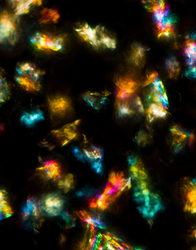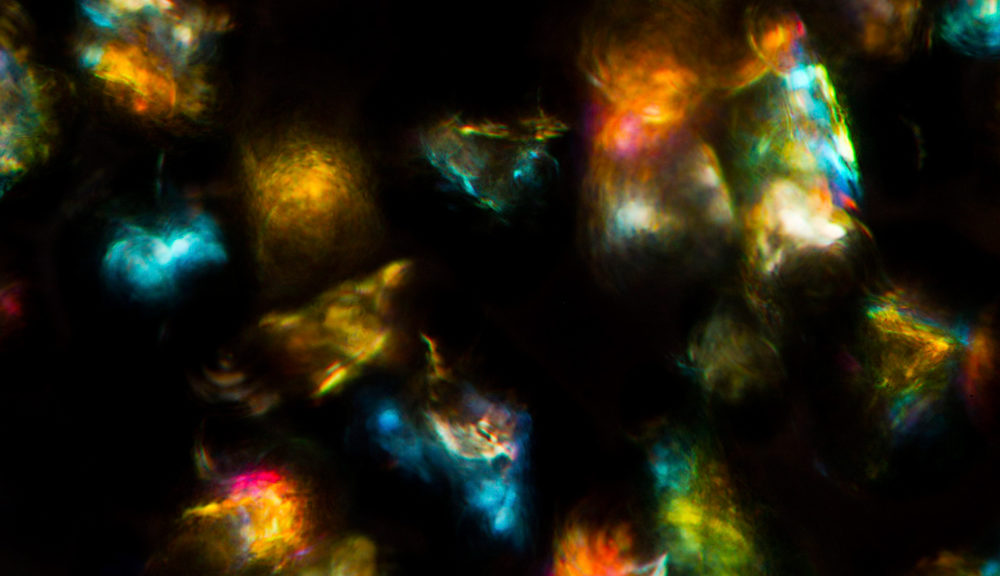
Overall, due to techniques developed in-house and also by our collaborators, Improved Pharma’s problem-solving capabilities now extend to determining the amount of amorphous materials in crystalline materials
WEST LAFAYETTE, Ind. (PRWEB)
December 23, 2019
Detecting a small amount of a crystalline component in a predominantly amorphous material is relatively straight-forward, but the reverse situation can be quite daunting. Over the years, several methodologies have been developed to address this challenge. Below, Improved Pharma describes some of these approaches and announces advances of their own and also that of one of their primary collaborators, Excelsus Structure Solutions.
In several of the early SSCI courses on Pharmaceutical Solids, the late David Grant advanced the microcalorimetric method for analyzing the amorphous content of crystalline samples. This method required that the amorphous material crystallized with a detectable energy response. This method is still utilized today and is described in USP 696. With the advent of powerful Synchrotron X-ray powder diffraction (S-XRPD) methods, several new approaches for analysis for amorphous material in a crystalline phase have been developed.
Three methods are of particular interest: (1) Methods based on pattern analysis that typically use software for spectral pattern analysis, (2) PDF-based methods, and (3) controlled measurements of S-XRPD data. The spectral pattern analysis method utilizes standard patterns of the crystalline and amorphous phases collected on a Synchrotron. This software-based approach fits the crystalline and amorphous standards to the observed data and calculates a percentage amorphous material. The PDF method has been advanced by our collaborators, Excelsus Structure Solutions. Excelsus has recently demonstrated that it was possible to perform quantitative phase analysis on a mixture of poorly- and non-crystalline excipients via conventional S-XRPD and pair distribution function analysis, provided that the experimental setup, data collection and analysis strategy were carefully optimized. A third method, optimized at Improved Pharma, involves collecting Synchrotron X-ray diffraction data under certain controlled conditions, and then performing mathematical techniques on the data to provide the reliable detection of amorphous materials. Currently, this approach is qualitative in nature, allowing for the ranking of multiple samples for their relative amorphous content. Improved Pharma is further developing the technique to provide quantitative information.
A fourth method utilizing the publicly available program AMORPH has been utilized for inorganic samples. AMORPH utilizes a new Bayesian statistical approach to interpreting X-ray diffraction results of samples with both crystalline and amorphous components (see Rowe and Brewer in Computers and Geosciences). AMORPH fits X-ray diffraction patterns with a mixture of narrow and wide components, simultaneously inferring all of the model parameters and quantifying their uncertainties. Unfortunately, to date, this program has not been utilized for drugs or organic materials.
Overall, due to techniques developed in-house and also by our collaborators, Improved Pharma’s problem-solving capabilities now extend to determining the amount of amorphous materials in crystalline materials. Contact us for problems involving crystalline and amorphous materials.
About Improved Pharma
Improved Pharma is a research and information company dedicated to improving pharmaceutical methods, formulations, and processes. Dr. Stephen Byrn and Sarah Byrn founded the company in 2006 after the successful acquisition of their first company, SSCI. Dr. Pamela Smith joined the company in 2018 after an 18-year tenure with SSCI. Improved Pharma offers services such as analytical testing, synchrotron-based formulation design, and expert consulting aiding the development and defense of intellectual property matters.
Share article on social media or email:

